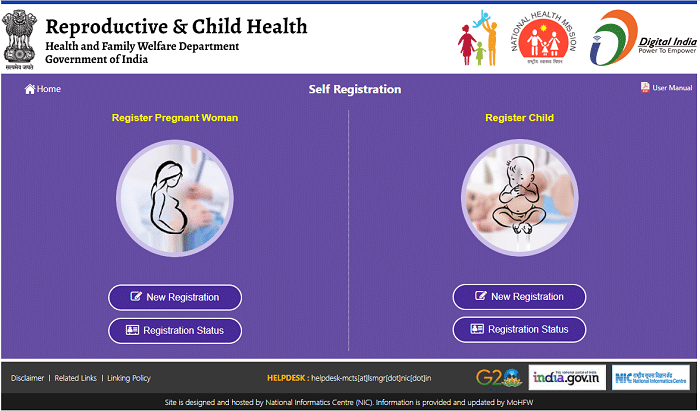Embarking on the journey of data entry can be both exciting and daunting, especially if you are new to the realm of RCH Portal. Fear not, as this beginner’s guide is here to demystify the process and empower you with the knowledge needed to navigate RCH Portal Data Entry seamlessly.
Understanding RCH Portal Data Entry
RCH Portal, short for Reproductive and Child Health Portal, serves as a vital platform for managing health-related data. RCH Portal Data Entry is the process of inputting this crucial information, ensuring accuracy and completeness. In this guide, we’ll take you through the fundamentals step by step.
Getting Started: Navigating the Basics
Before we dive into the intricacies of RCH Portal Data Entry, let’s lay the groundwork.
- What is RCH Portal?
RCH Portal is a comprehensive platform designed to record and manage health data efficiently. RCH Portal Data Entry is the key to unlocking the potential of this platform.
Essential Steps for RCH Portal Data Entry
Now, let’s break down the process into simple, actionable steps.
- Step 1: Accessing the RCH Portal
To initiate the RCH Portal Data Entry, start by accessing the portal. This is your gateway to a wealth of health-related information.
- Step 2: User Authentication
Once you’re in, the next step is user authentication. This ensures that only authorized personnel have access to sensitive health data.
- Step 3: Navigating the Dashboard
Familiarize yourself with the dashboard. It’s the control center where you’ll find all the tools needed for RCH Portal Data Entry.
- Step 4: Initiating Data Entry Forms
Proceed to the data entry forms. These are structured templates that guide you through entering specific health information accurately.
- Step 5: Inputting Information
Now comes the core of RCH Portal Data Entry: inputting information. Be meticulous and ensure all details are accurate and up-to-date.
- Step 6: Validation and Submission
Before you submit, validate the entered data. This step is crucial for maintaining the integrity of the health records. Once validated, submit the data securely.
Common Challenges and Solutions
Every journey has its challenges, and RCH Portal Data Entry is no exception. Here are some common hurdles you might encounter and how to overcome them.
- Challenge 1: Data Accuracy
Maintaining data accuracy is paramount. Double-check all entries to avoid errors that could impact patient care.
Solution: Regular Training and Quality Checks
Stay updated with regular training sessions, and implement quality checks to catch and rectify inaccuracies.
- Challenge 2: Technical Glitches
Technical issues can disrupt the RCH Portal Data Entry process. It’s essential to be prepared to troubleshoot.
Solution: Technical Support and Troubleshooting Guides
Have access to reliable technical support, and familiarize yourself with troubleshooting guides provided by the portal.
Challenge 3: Time Constraints
Data entry can be time-consuming, especially when dealing with a high volume of information.
Solution: Prioritization and Time Management
Prioritize tasks based on urgency and importance, and practice effective time management.
Best Practices for Efficient Data Entry
To streamline your RCH Portal Data Entry process, adopt these best practices.
- Best Practice 1: Stay Updated with Training
Regularly participate in training sessions to stay abreast of updates and improvements in the data entry process.
- Best Practice 2: Collaborate with Peers
Collaborate with colleagues to share insights and strategies for efficient data entry.
- Best Practice 3: Leverage Automation Tools
Explore automation tools within the portal to expedite repetitive tasks and minimize manual effort.
Conclusion
In conclusion, RCH Portal Data Entry is a pivotal aspect of healthcare management, and mastering it is a valuable skill. By understanding the basics, following the essential steps, overcoming challenges, and adopting best practices, you’ll navigate this journey with confidence. Remember, each data entry contributes to a healthier and more informed community. Happy entering!


